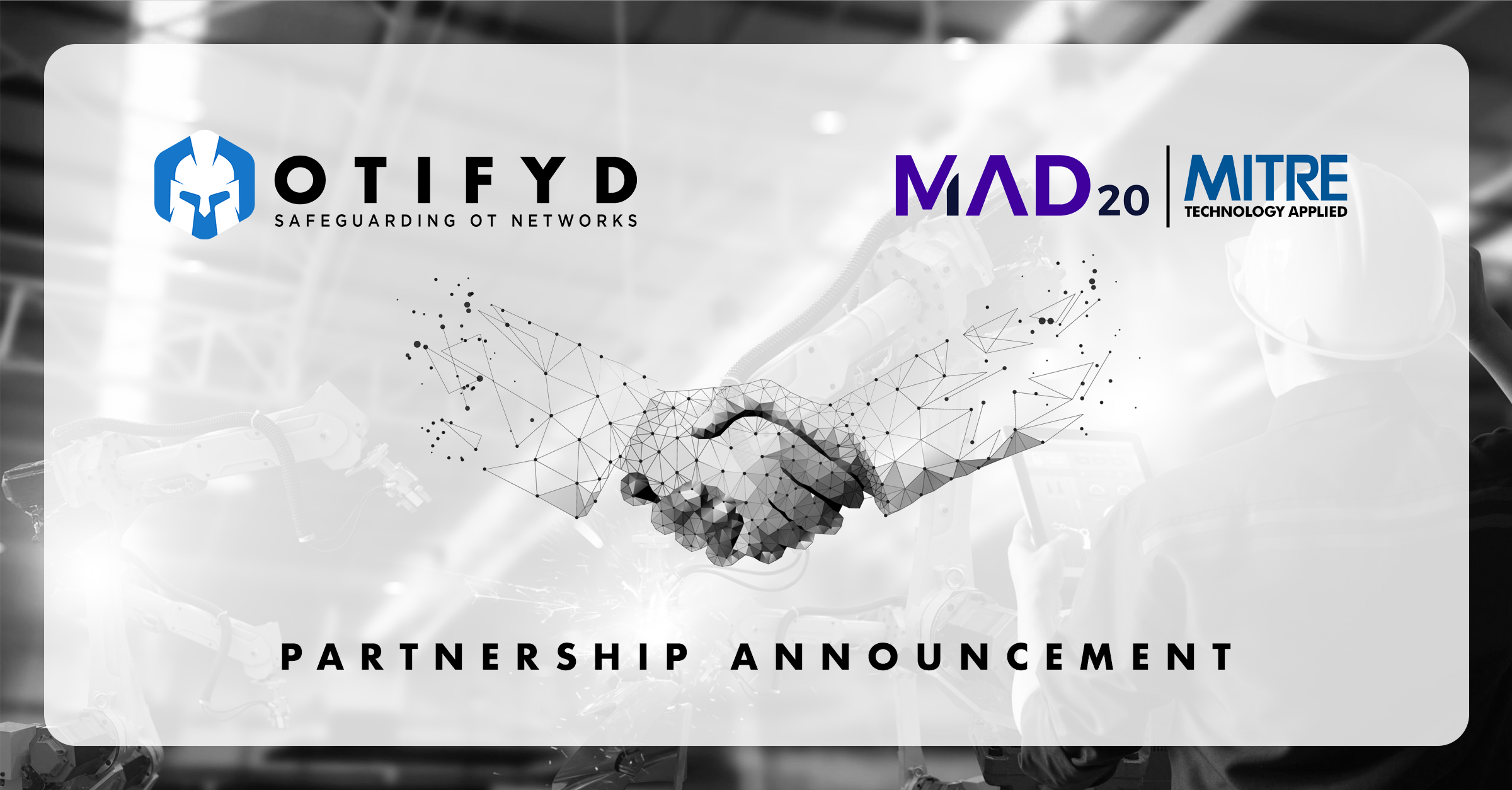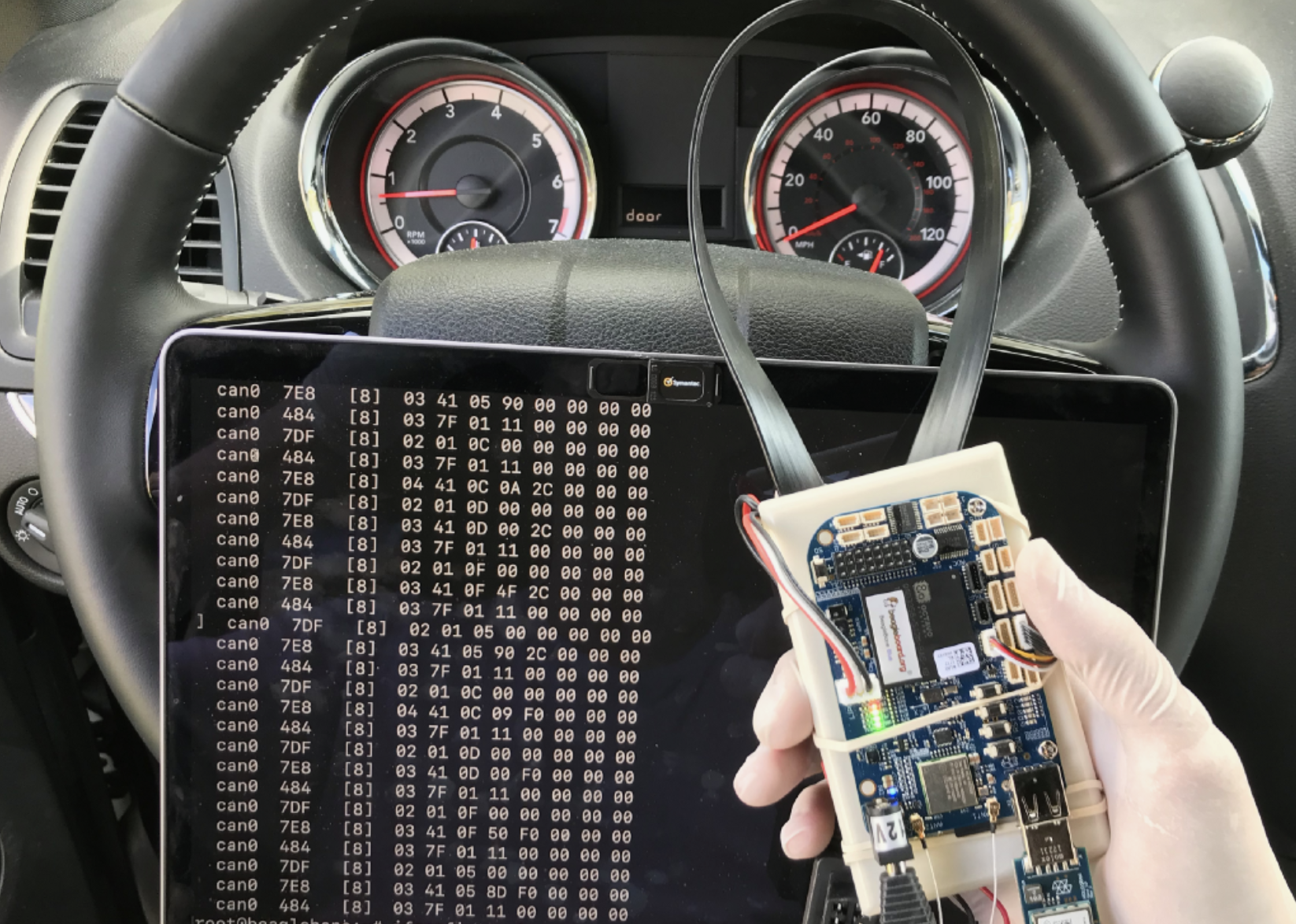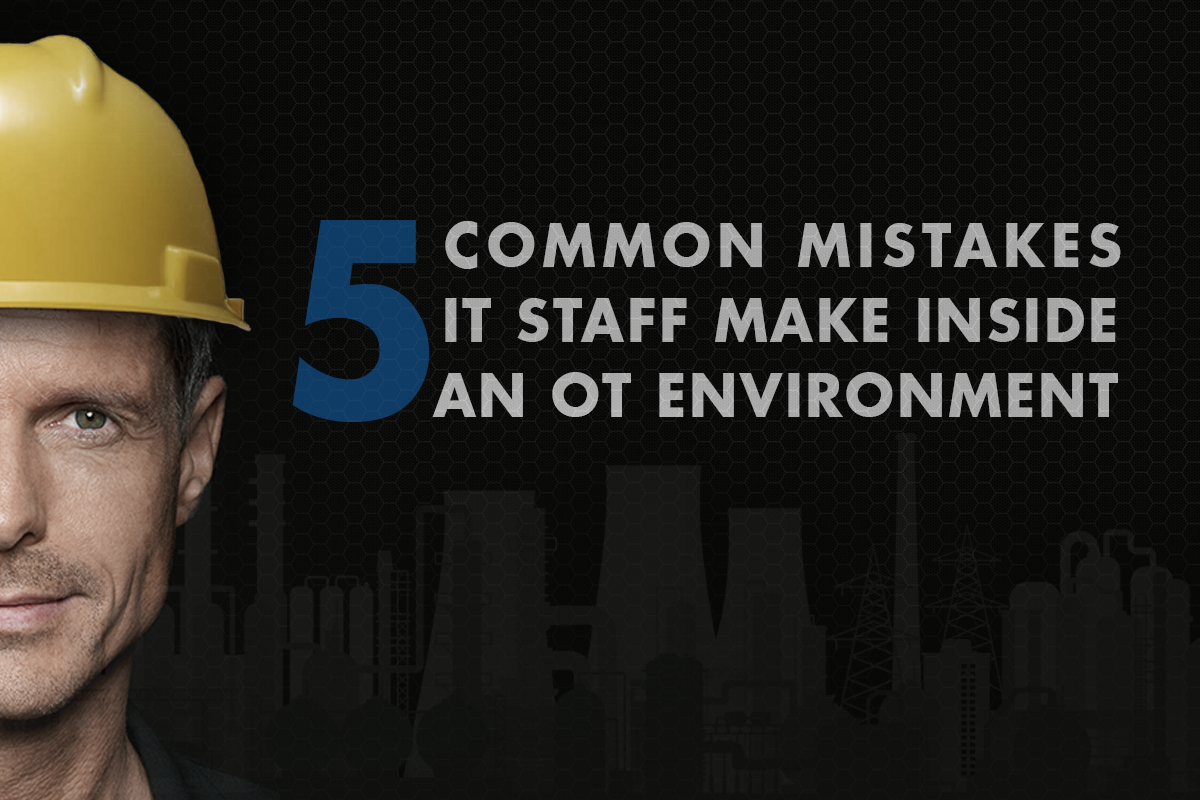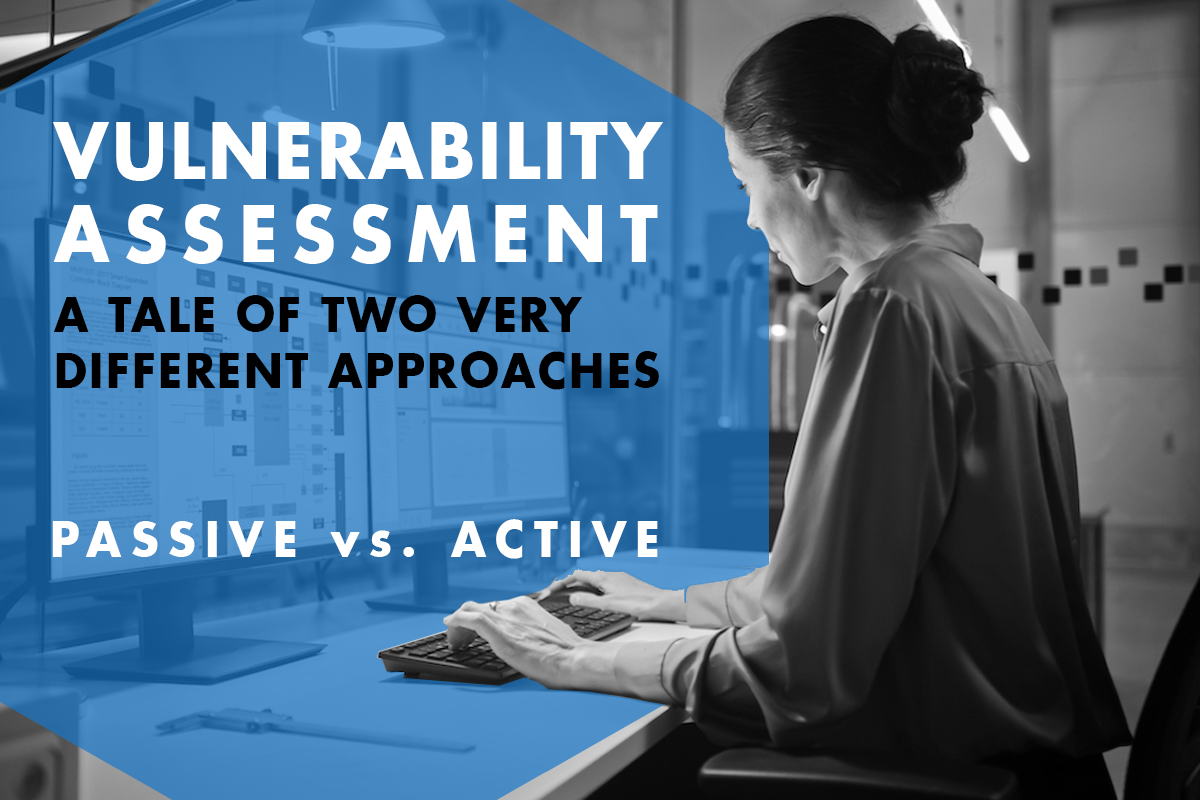Beyond Compliance: Will Cybersecurity Regulations Keep Up with the Evolution of Threats?
In the age of digital connectivity, the critical importance of securing Operational Technology (OT) systems cannot be overstated. Governments and industries are responding to the escalating threats by introducing regulations tailored to OT security. Prominent examples include the Network and Information Systems Directive (NIS2) in the European Union and the National Cybersecurity Authority’s Operational Technology Cybersecurity Controls (NCA OTCC-1:2022) in Saudi Arabia. While these regulations are pivotal steps toward fortifying OT environments, it’s crucial to understand that compliance alone may not be sufficient. This article delves into the limitations of relying solely on OT cybersecurity regulations and explores the imperative for a more comprehensive approach to safeguarding critical infrastructure.
Let’s explore the limitations on cybersecurity regulations and compliance.
- Static Nature of Regulations: Cyber threats are dynamic and constantly evolving. Cybersecurity regulations, on the other hand, tend to be static and may not adapt quickly enough to address emerging threats. Relying solely on compliance can create a false sense of security, leaving organizations vulnerable to new and sophisticated attacks.
- Minimum Standards vs. Optimal Security: Regulations often establish minimum standards for cybersecurity. While these standards are essential for establishing a baseline, they may fall short of providing optimal security. Organizations should strive for excellence in cybersecurity practices rather than merely meeting the minimum requirements set by regulations.
- Box-Ticking Mentality: Compliance can sometimes lead to a “box-ticking” mentality, where organizations focus on meeting the specific requirements outlined in regulations without fully understanding the underlying security principles. This approach may result in overlooking critical vulnerabilities and weaknesses.
- Addressing the Human Element: Regulations predominantly focus on technical aspects, but the human element remains a significant factor in OT cybersecurity incidents. Education and awareness initiatives are essential to empower OT personnel to recognize and respond to potential threats. A comprehensive approach must include ongoing training programs to cultivate a cybersecurity-conscious culture.
The Role of Proactive Security Measures in OT:
- Risk Assessment and Mitigation: A comprehensive OT security strategy begins with a thorough ICS risk assessment tailored to the specific nuances of industrial environments. Proactive risk mitigation strategies should be implemented to address identified vulnerabilities and threats, going beyond the scope of regulatory compliance.
- OT Specialist Consultancy Firms: OT expert multinational consultancy firms play a crucial role in helping clients implement cybersecurity regulation and compliance. Their in-depth knowledge and expertise combined with global perspective and knowledge transfer is crucial in ensuring that clients are not only compliant but also well-protected against evolving cyber threats.
- Continuous Monitoring and Adaptive Defenses: In the face of persistent cyber threats, OT environments require continuous monitoring and adaptive defenses. Beyond compliance, organizations must invest in real-time threat intelligence and technologies that enable rapid response to emerging threats, ensuring a resilient defense against evolving attack vectors.
- International Collaboration and Knowledge Sharing: The interconnected nature of critical infrastructure demands international collaboration and knowledge sharing. OT stakeholders should actively participate in information exchange forums to stay abreast of global threat landscapes and best practices, supplementing the insights provided by local regulations.
While regulations such as NIS2 and NCA OTCC-1 mark significant strides in OT cybersecurity, they should be viewed as essential foundations rather than exhaustive solutions. The evolving nature of cyber threats demands a proactive and dynamic approach that surpasses regulatory requirements. By fostering a culture of continuous improvement, staying informed about emerging threats, and addressing the human factor, organizations can forge a resilient defense against the intricacies of the modern OT cybersecurity landscape. Remember, securing critical infrastructure is not just about compliance; it’s a commitment to safeguarding the backbone of our interconnected world.

















